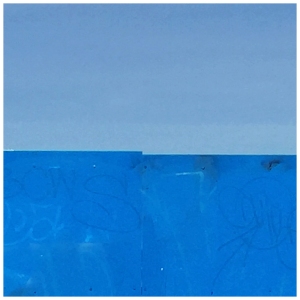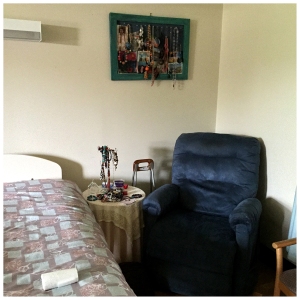
Departure (2013)
I am grappling with trying to lock down the Phd at the moment. Through the Phd I wish to gain a better understanding of my work progresses and the themes that I have been exploring through through my photography. Everything always seems to lead back to the bombing of Hiroshima and the images that my father brought back after serving in Hiroshima with the BCOF in 1946. Those potent images, the before and after, life and death, there is but a glance, a fleeting second that separates the two. In a flash, people were obliterated, lives were permanently erased and in some cases all that was left was a shadow. The bomb was like a giant flash that etched the the traces of life onto the footpaths and buildings of Hiroshima.

Souvenir Photograph from Hiroshima, Japan. c. 1946.
So how do I make sense of these images now and what is the connection between these before and after photographs that depict the destruction of Hiroshima and the loss of so many lives? For me, I believe that my relationship with photography, and in particular the photograph is about life and death. But is the moment of taking the photograph about capturing traces of life, or is the photograph a memento-mori, a physical artefact that reminds us of our pending and eventual death?

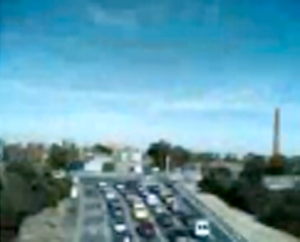
Order of Magnitude (2007)
In hindsight, my experiments with digital photography have been about trying to suggest a physicality where there perhaps is none. The Order of Magnitude (2007) images (see above) were all about pulling back the skin of the digital image to reveal the pixelated flesh, to allude to a body instead of the neutral binary code that lies at the heart of the digital image. After working in analogue photography for most of my life, I understand that what draws me to the medium is the physicality of the process and the resulting photograph. For me, the photograph is the memento-mori, it signifies the passing of a moment in time that is gone forever. Each photograph a loss, a tiny death, a reminder that one day we too will die. Just like our bodies, the photographic artefact ages, it’s surface growing more jaundiced with time, its paper wrinkled and the image slowly fading as the the chemicals that breathed life into the image become fatigued over time.

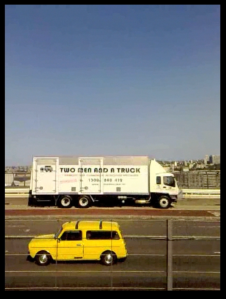
Debris (2008)
So where do my images fit in here and what do I think I am trying to say through my photographs? I sometimes think that my photographs are like the moment in-between the ‘before and after’ images of Hiroshima. Perhaps for a micro-second there is a moment when both states are merged, where time is in a state of limbo, neither ‘before or after’. But after thinking more about the nature of my photographic work, I believe that much of my practice is centred around time and the lived experience. I suggest that my photographic work has a focus on the ‘indecisive moment’, the images allude to temporal shifts, making it difficult for the viewer to locate the image in a particle historical time. Past, present and future may occupy the same space in the frame, for my intention is not merely to use the photographic image as a tool to create a dialogue about the here and now, the photograph is also a signifier to pose questions about the lived experience, where we have come from and where we are going. Beyond an attempt to capture traces of the referent, I wish to use the photographic image as a wunderkamer to illicit emotional and/or affective responses from the viewer. My attempts to degrade or blur the surface of my images are not simply trickery or cheap visual devices to allude to a past moment, these interventions are introducing ambiguity, to remind the viewer that in the blink of an eye all could be erased, that underneath the surface the erosion has already begun and like the photograph we will also one day fade with time.

Recovery (2005)
My self-portraits captured during my 2 year recovery from a major illness are a visual dialogue about the nature of the recovery process and a reminder of the fragile nature of life. This may all sound a bit dramatic, but for me, I have long thought about the indifference of time and the fleeting nature of our time on the planet. I often look for evidence of others who have been and gone and I am aware that I am part of continuity, that I will also come and go, and that somehow my images might also act as a catalyst to generate illicit similar thoughts and feelings in others that view my photographs.
My recent photographic works have employed the use of heritage media tools and strategies to explore the notion of an aesthetic that can be used to convey my the ideas that are driving my photographic practice.. I am starting to my photographic work is very much about mortality.
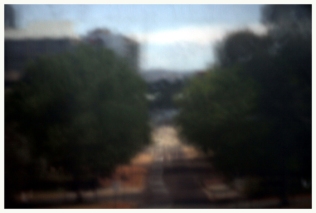



Posted in Phd Research

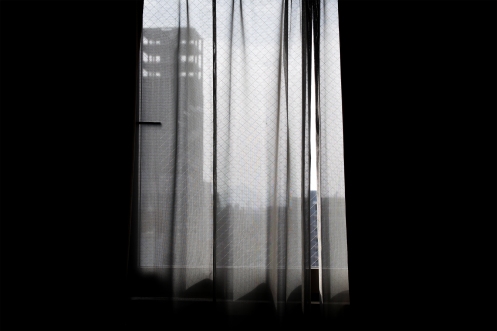

















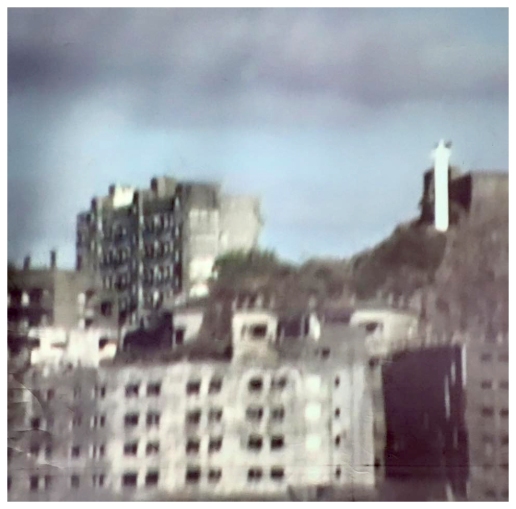 Gunkangima, smartphone video still, Dean Keep, 2015.
Gunkangima, smartphone video still, Dean Keep, 2015.









